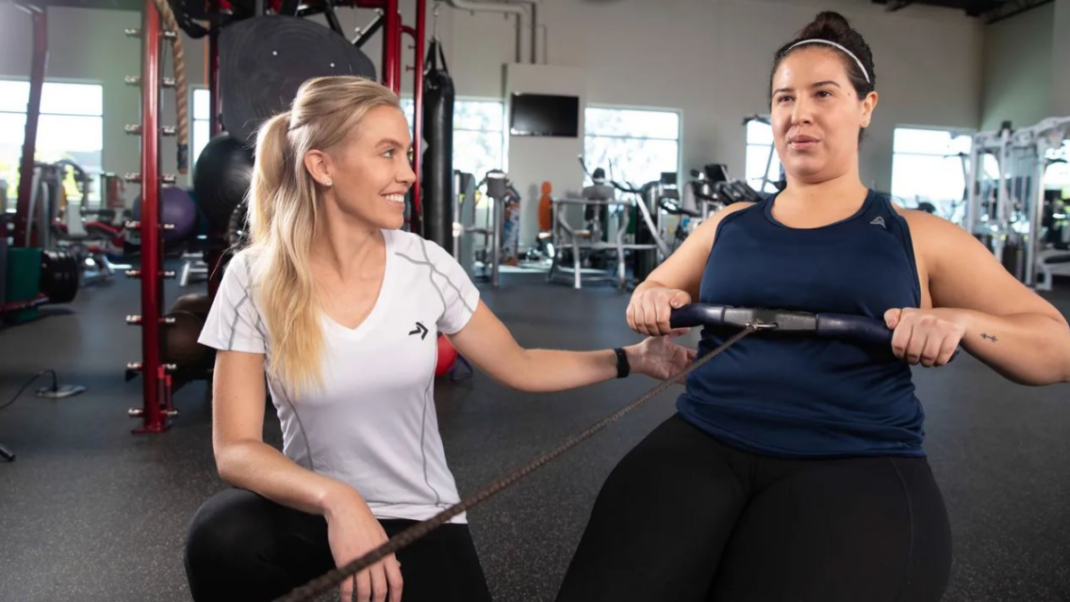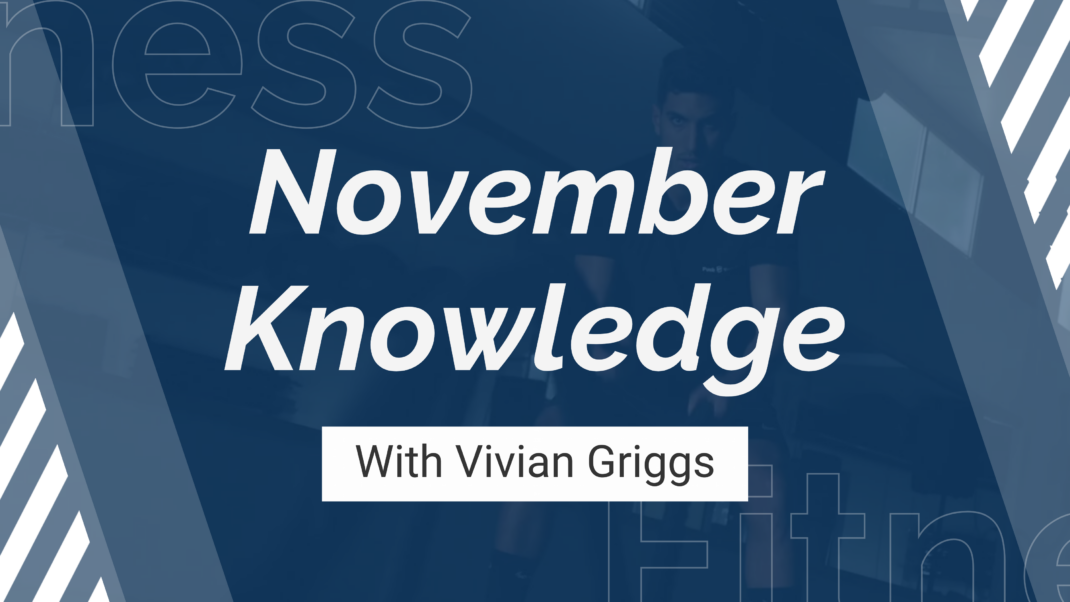Become a Dynamite Presenter
Develop your skills as an industry speaker and reap the benefits in new clients.
When listing potential presentations, use catchy titles and energetic descriptions that state a problem, outline a solution and cite the benefits people will gain from your presentation. Here’s a sample description to give you some ideas.
Have you tried every fad diet only to gain the weight back within a few weeks? Are you noticing that, far from losing weight, you’re putting on a few extra pounds every year? If you find yourself in either of these situations, you’re not alone. Most experts now agree the problem is not with the person but with the process. In this session you will learn the physiological and psychological reasons most people fail at dieting and exercise. We will review the most effective prescription for maximizing fat loss, as endorsed by the American College of Sports Medicine. You will walk away with 10 specific exercise and nutrition guidelines proven to achieve fat loss effectively, safely and permanently.
One of the most effective ways to quickly gain exposure as a personal trainer is by presenting. Good speakers can expect to gain at least one to three new clients at every presentation they conduct. The problem is that for most people, the number-one lifetime fear is not financial ruin, falling from a great height or even death. It’s public speaking!
So how do you get over your fear and prepare yourself to become a sought-
after speaker? First you have to learn the general skills and develop the basic tools. Then you have to take specific steps to prepare for each presentation. In this first article of a two-part series, you will learn how to lay the foundation that you will build on later.
Cultivate the Desire
Before you can become an effective speaker, you must be willing to make the investment in yourself. Developing the appropriate background takes time, effort and lots of practice. You have to be committed to learning the skills necessary
to make people want to come to listen to you—and stay until the end of the session. Any speaker’s worst nightmare is having people walk out midway through a presentation. To avoid this, you need to put in some time.
Examine Your Qualifications
Review your strengths and talents. Do you have knowledge in an area that interests people? Chances are that you do, since a lot of people are interested in what they can do to look good and feel better. As a personal trainer, helping people look and feel their best just happens to be your specialty! Decide on the topics you feel knowledgeable about. Perhaps you could speak on stress management, fat loss, back pain prevention, abdominal toning, slowing the aging process, or eating to enhance energy and performance.
Look and Learn
Start out by watching other speakers. Rent videos, watch televised speeches and attend seminars. Observe how the speakers open and close a presentation. Listen for the intonations they use to get an audience’s attention. Look for ways that they intersperse humor throughout their presentations. Watch for techniques they
employ to get the audience involved and interacting. Take notes on the methods you could use in your presentations. Books on developing presentation skills are also good tools. Dale Carnegie authored a number of good books on this topic, including How to Develop Self-Confidence and Influence People by Public Speaking and The Quick and Easy Way to Effective Speaking.
Practice, Practice, Practice
Practice presenting at every opportunity you get. If you attend a conference, invite fellow staff members to an evening session and present a summary of everything you’ve learned that day. Volunteer to lead staff meetings. Develop and facilitate workshops and seminars for facility members. By starting small—and in your comfort zone—you can begin to overcome your fears, develop your skills and boost your confidence in a safe environment.
Another great idea is to join a local Toastmasters™ group. Toastmasters Inter-national™ (www.toastmasters.org), which exists to help people develop their speaking skills, has groups located throughout North America. Enroll in the program to get more practice presenting in front of others and to profit from constructive feedback.
Develop Your Portfolio
Once you have established the areas you feel comfortable speaking about, you need to develop your portfolio, the tool you use to promote yourself and your presentations to the wider community. As a beginning speaker, you don’t need to spend a lot of time and money creating a portfolio or promotional pieces; you can simply prepare the material on a computer. Later, however, as you become more established, you will need to develop something more professional. Your promotional material should include three sections:
Information About Yourself. Cite your credentials, experience, education, athletic background, sporting/recreational interests and philosophy on health and fitness. Also include your contact information.
Testimonials. Provide feedback from people who have attended seminars you’ve conducted. Including some rave reviews will give organizers confidence in your skills. To ensure that you always have a number of good testimonials available, provide evaluation forms for the audience to complete and return to you every time you present. (Be sure to get written permission to reprint any comments.) Provide the organizer of each event with a more detailed form and ask specifically for a testimonial that you can use in your promotional material.
If you are preparing a portfolio before you have conducted any presentations, ask someone who is familiar with your personality and style to write a one- to three-sentence testimonial highlighting your skills in the fitness industry. This will be fine until you gather some good comments on your speaking abilities.
List of Workshops & Seminars. This section will highlight the topics on which you are qualified to speak. List a few different topics, not just one. If business owners, human resource managers and workshop organizers have options to choose from, they will be more likely to select you as a speaker. Spend some time developing this section. Enlist friends and family members to help you brainstorm topics, titles and descriptions. The titles of your presentations should be energetic and catchy, and the descriptions should satisfy three criteria:
1. State a problem.
2. Give a solution.
3. List the specific benefits people will get from your presentation.
(See “Sample Workshop Description” on page 6.)
Establish Your Fees
When you are just starting out, you may need to speak for free while you develop your skills. (If you can charge a nominal fee right from the beginning, that’s even better.) At some point, however, you must establish your value. High-profile, nationally renowned keynote speakers can command $10,000 per presentation. But generally, as a fitness and health speaker, you can expect to make about $100–$200 an hour. (We set a minimum for corporate presentations to allow
for preparation time. For example, we charge $500–$1,000 for a 1- to 2-hour presentation.) Although you can complement your income by delivering presentations if you work at it, they are more of a marketing tool than a moneymaking venture for most fitness professionals.
Market Yourself in the Community
A lot of organizations are regularly looking for speakers. Approach local rotary clubs, corporations, church groups, special interest groups (The Arthritis Foundation, the National Osteoporosis Foundation, etc.), sporting clubs and clinics.
The Next Step
Following these general guidelines will enable you to get some bookings as a presenter. In the next issue of IDEA Trainer Success, we will outline the specific steps you need to take to prepare for each presentation. n




